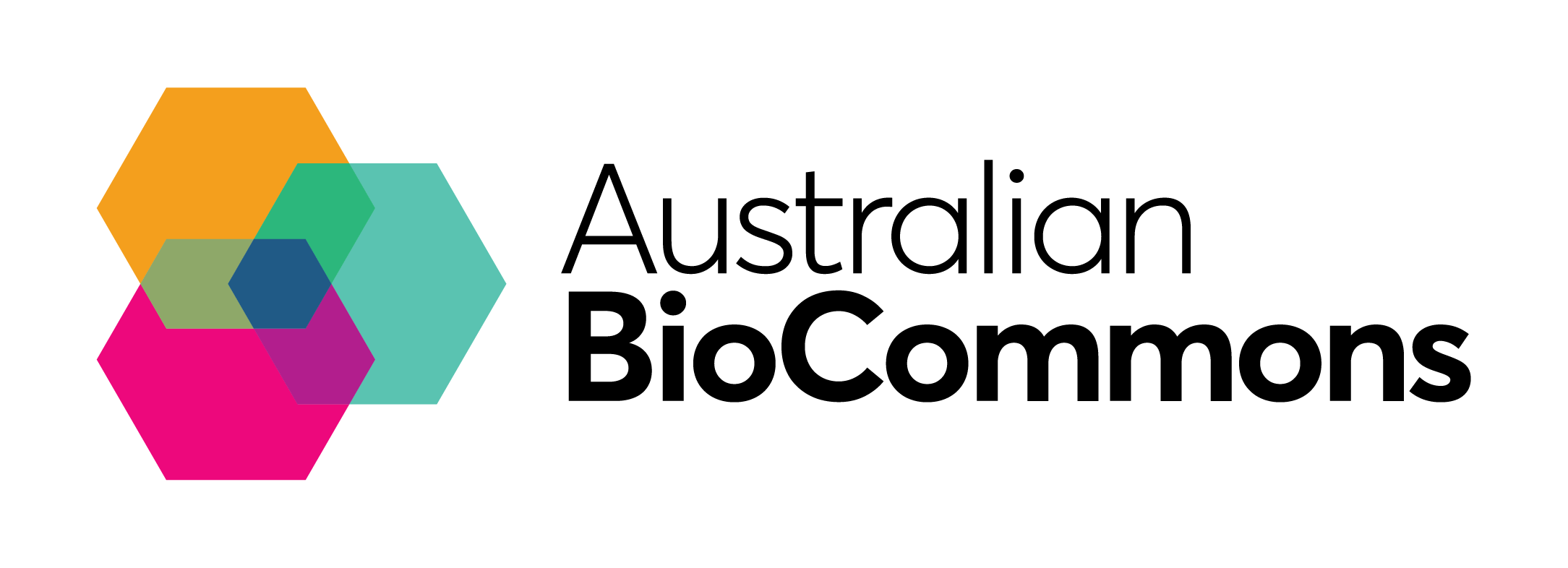Cracking the code of Australia's most invasive species
Dr Rahul Rane (left) and Dr Tom Walsh will sequence hundreds of genomes for the Australian Pest Genome Project
We're excited to partner with CSIRO and Australian Research Data Commons (ARDC) to share the genomic data that will underpin species-specific management of pests & weeds in the future. This important project will soon host the assembled and annotated genomes on the Australian Apollo Service, allowing interactive browsing and collaborative curation. We are proud to support the Australian Pest Genome Partnership as we work towards making genomic data more easily accessible and usable to support industry, government and the scientific community in managing pests.
The story reproduced below New CSIRO project to crack the codes of Australia's most invasive species was recently published on the CSIRO news page.
CSIRO, Australia’s national science agency, has embarked on an ambitious new project to unravel the genetic blueprints of Australia’s top pest and invasive species to better enable their management or eradication.
The Australian Pest Genome Partnership (APGP) will generate the genomic data of hundreds of pests and weeds and make it freely available, along with digital solutions to help analyse the data. The data will assist researchers working on pest and weed species and underpin next generation species-specific solutions.
Invasive species have cost Australia $390 billion over the past six decades, with weeds costing the agriculture sector at least $5 billion a year. This presents a significant burden to Australia’s agriculture and livestock industries, as well as the significant and ongoing environmental impacts created by these invasive species.
APGP has now prepared its first 28 genomic datasets, and this year, with its collaborators, will make public genomic data assets for some of Australia’s top pest and invasive species such as mosquitoes, khapra beetle, cane toad, fall armyworm, fox, feral pig and cat as well as weeds such as wild radish, rye and rat’s tail grasses.
CSIRO principal research scientist Tom Walsh said data is easy but analysis is hard. APGP intends to make genomic data more easily accessible and usable to support industry, government and the scientific community in managing pests.
“This project has the potential to drive new science and digital innovations to safeguard Australia’s environment and biosecurity from existing and growing threats posed by invasive and pest species,” Dr Walsh said.
“In the same way genome sequencing has helped inform medical advice, pest genomes can help us unlock new ways of protecting our environment, agricultural sector and public health with a quick and targeted response.” he said.
CSIRO senior research consultant Rahul Rane said the fit-for-purpose genomics database being delivered through APGP will be a game-changer in invasive species control and management.
“Genomes and genetic diversity data can tell us all manner of things including where a particular pest species has travelled from, what environments it may thrive in, and whether it has developed resistance to chemicals and pesticides,” Dr Rane said.
“The more we know about the genetic characteristics of a pest, the better our ability to make informed decisions to effectively control or eliminate them safely.
“Ultimately research based on these new datasets will benefit all Australians by reducing public health risks and the impact of these pest species on our environment and agricultural production”.
Hundreds more pests are being sequenced this year, including jellyfish, invasive ants and beetles, termites, African boxthorn, crown of thorns starfish, ticks and head lice.
APGP is looking to partner with companies, government departments and other research organisations to continue sequencing and collating the genome of pests impacting Australia’s biosecurity.
The project received investment from the Australian Research Data Commons (ARDC), and has received co-investment from Australian BioCommons and Australian National University. Genomic datasets were developed in collaboration with Macquarie University, University of Melbourne, University of New South Wales, University of Queensland, University of Western Australia, Queensland Department of Agriculture and Fisheries and South Australian Research and Development Institute.
The ARDC and Australian BioCommons (Bioplatforms Australia) are funded by the National Collaborative Research Infrastructure Strategy (NCRIS).
Visit Australian Pest Genome Project to learn more, or contact the team to access the data.

